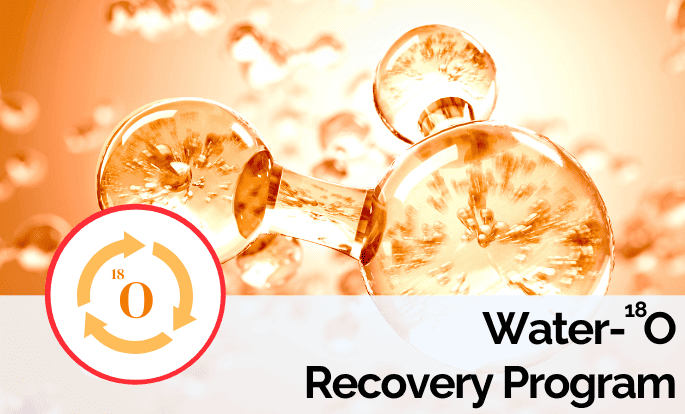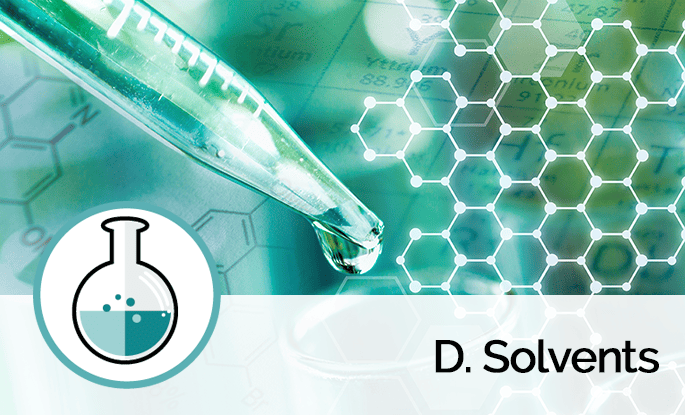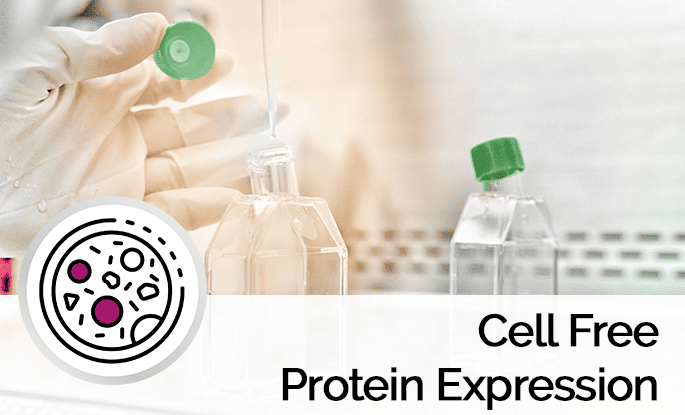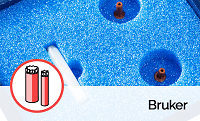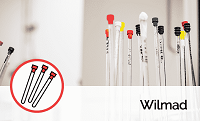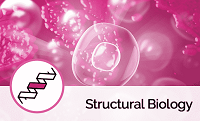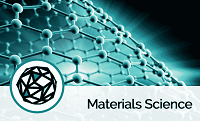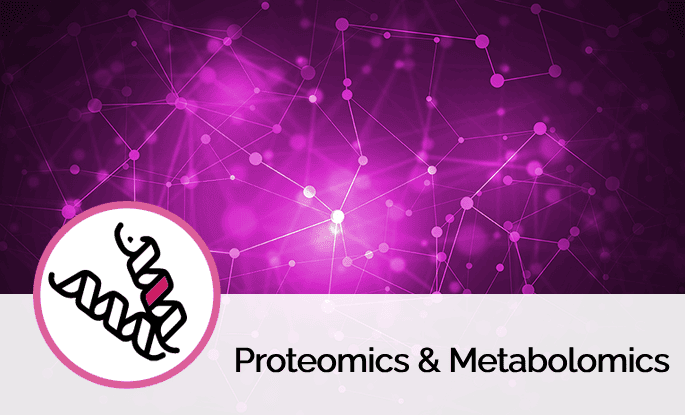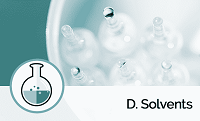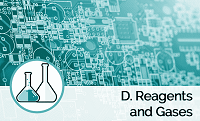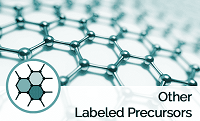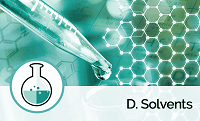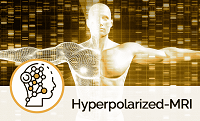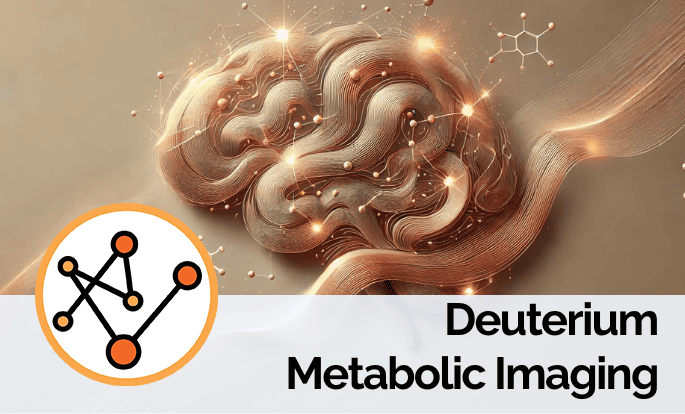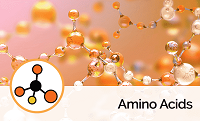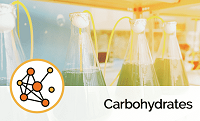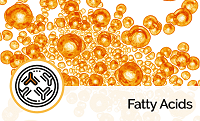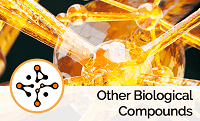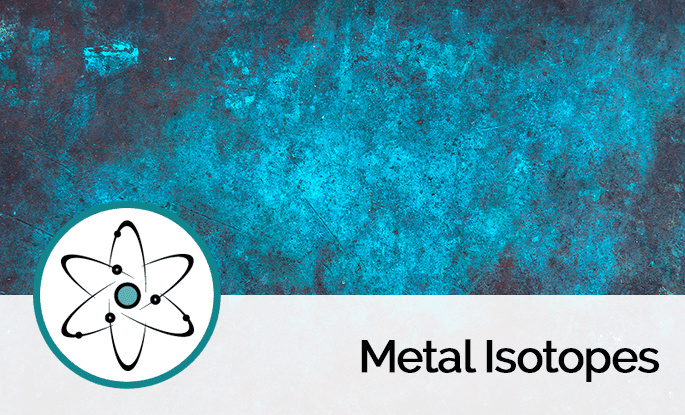Hydrogen-deuterium exchange (HDX) Mass Spectrometry (MS) provides insights about the structure and dynamics of proteins. HDX-MS is particularly well adapted to the study of protein complexes as it provides information about protein-protein or protein-ligand interaction sites and conformational changes induced by post-translational modifications (PTMs). This approach can also be used in a comparative manner to identify changes in conformation or dynamics induced by ligand binding for instance. Finally, applications of HDX-MS have been emerging for quality control of biopharmaceuticals and for establishing dynamic similarity between a biosimilar and a therapeutic innovator.
HDX relies on the ability of hydrogen atoms of protein amides and backbone to routinely exchange with deuterium when diluted in an aqueous deuterated solution. Labile protons, such as those on primary amines, exchange at a rate generally much faster than those of the backbone. In the case of backbone amides, the exposed and “dynamic” regions of proteins will exchange rapidly while protected and “rigid” regions of proteins will exchange slower.

Overview of amide hydrogen exchange in proteins. Once placed in a solution of D2O, backbone amide hydrogens will become deuterated. The exposed and “dynamic” regions of proteins will exchange rapidly while protected and “rigid” regions of proteins will exchange slower. Adapted from Marcsisin and Engen, Anal. Bioanal. Chem., 2010.
HDX relies on the ability of hydrogen atoms of protein amides and backbone to routinely exchange with deuterium when diluted in an aqueous deuterated solution. Labile protons, such as those on primary amines, exchange at a rate generally much faster than those of the backbone. In the case of backbone amides, the exposed and “dynamic” regions of proteins will exchange rapidly while protected and “rigid” regions of proteins will exchange slower.
In the MS-based HDX approach, protein solutions are initially equilibrated at room temperature, physiological pH, and in all H2O buffer. The exchange process is then initiated by a dilution into a D2O buffer, thus favorizing the exchange kinetics from hydrogen to deuterium. The exchange is allowed to proceed for various amounts of time before being quenched by acidification of the solution to pH 2.5 and lowering the temperature to 0°C. These quench conditions ensure retention of the deuterated pattern imprinted on the backbone for MS analysis. The quenched protein sample can then either be sprayed directly into a mass spectrometer (using liquid chromatography as the interface) to determine the mass of the intact protein or submitted to proteolysis with trypsin to produce short peptide segments submitted to HPLC-MS analysis
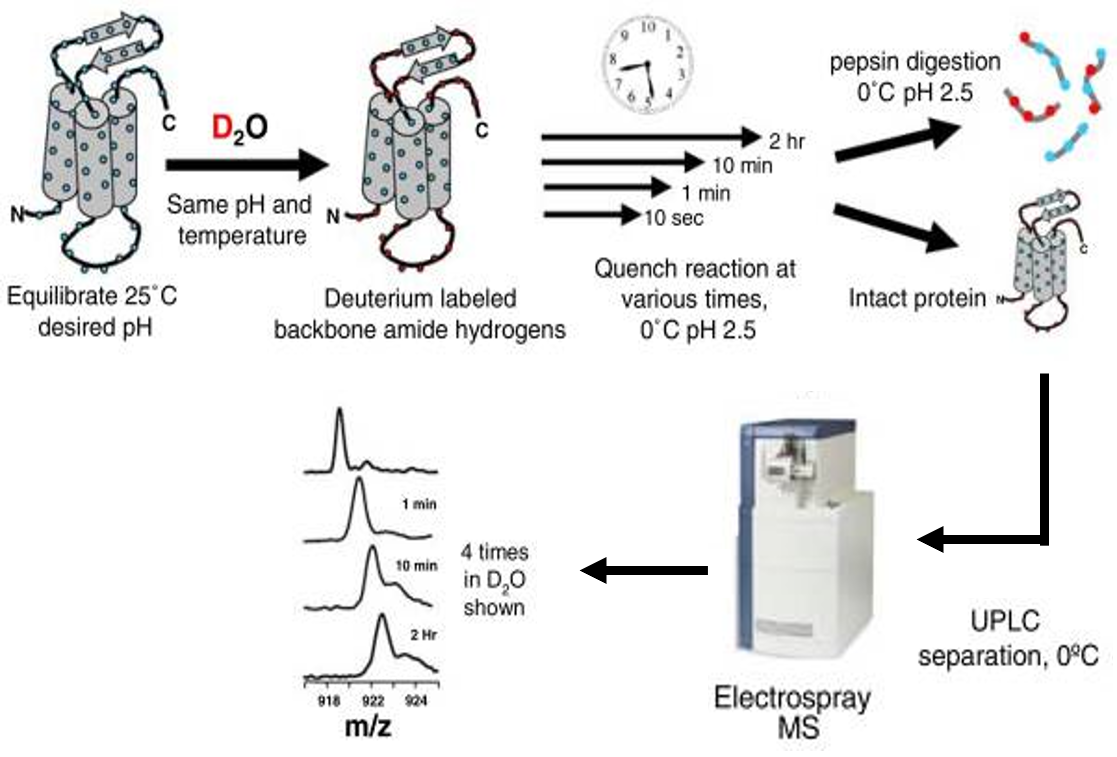
Workflow of a typical HDX-MS experiment. Adapted from Marcsisin and Engen, Anal. Bioanal. Chem., 2010.

Cortec Isotope is pleased to offer 99.96% enriched D2O for HDX-MS applications.



